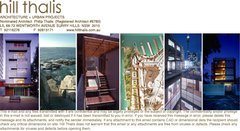Alan Kempster Architects Pty Ltd

Following 10 years developing experience in Architectural practices in Paris & Switzerland, working on various commercial and residential projects both in Europe & USA, Alan Kempster established the practice of AKA in1994, with an aim to pursue creative architecture through an integration of space, materials, and function, and in particular, an emphasis on the use of natural light and strengthening a relationship to the surrounding site. A responsible environmental approach, including sustainability of building elements, use of energy reduction techniques, is a primary concern in the design process, and forms a significant factor in the development of all projects
Driving directions to Alan Kempster Architects Pty Ltd on map
Alan Kempster Architects Pty Ltd on Google Maps
Projects:
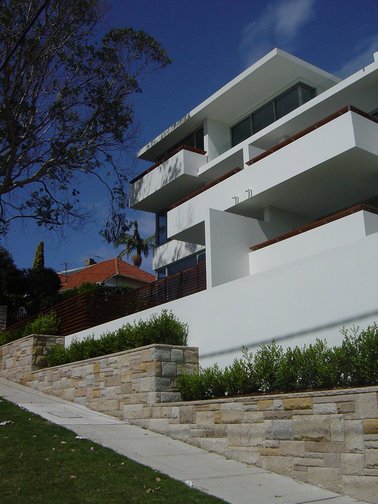
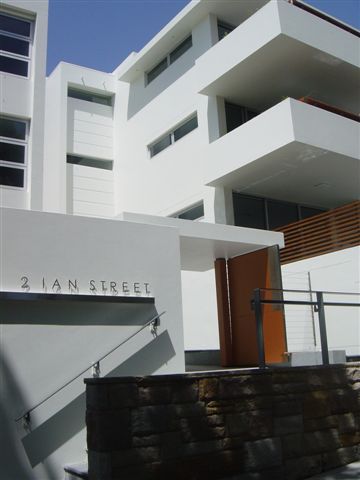
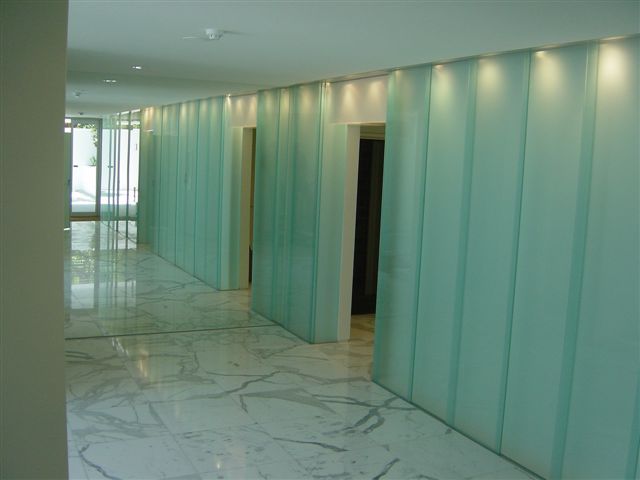

Apartments
Rose Bay, 2005
A new residential development consisting of 12 x 2 / 3 bedroom luxury apartments, including 2 penthouses with expansive roof terraces. The design approach placed emphasis on integration of sloping site landform to provide seamless transition to external amenity spaces, and a maximisation of natural light in all rooms.
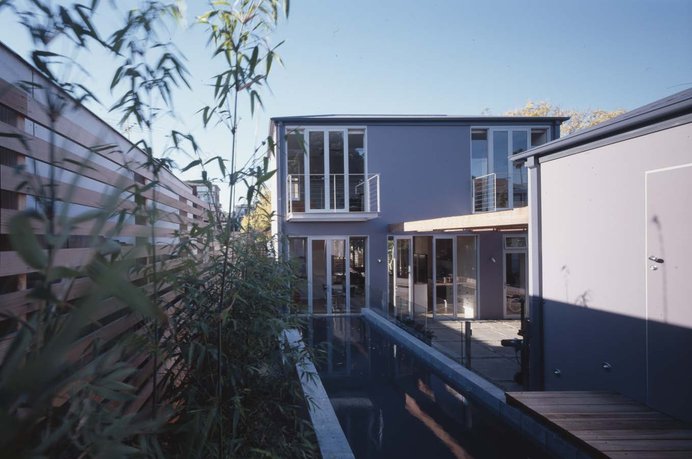

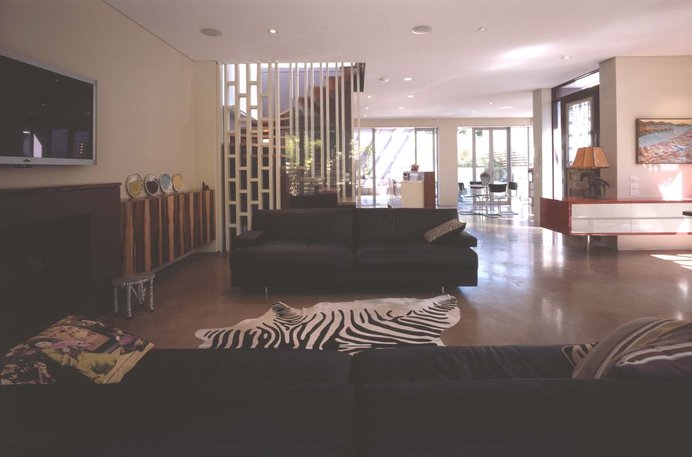
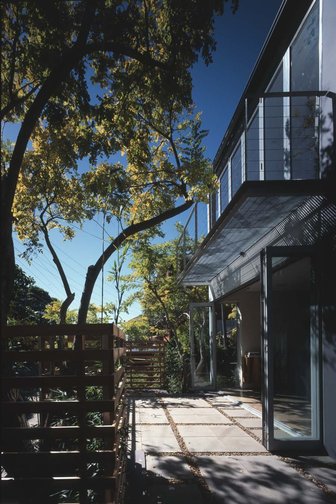
Alterations to residence
COOGEE, 2007
The existing pre-war era bungalow was transformed into a contemporary residence, maximising the modest block size by opening up the internal living areas to landscaped courtyards without compromising privacy. Polished concrete floors act as heat sinks in winter, and considered shading devices provide light but cool living in summer. Simple but elegant detailing resulted in a harmonious living environment, and the award winning pool completed the lifestyle transition for this underutilised suburban cottage.
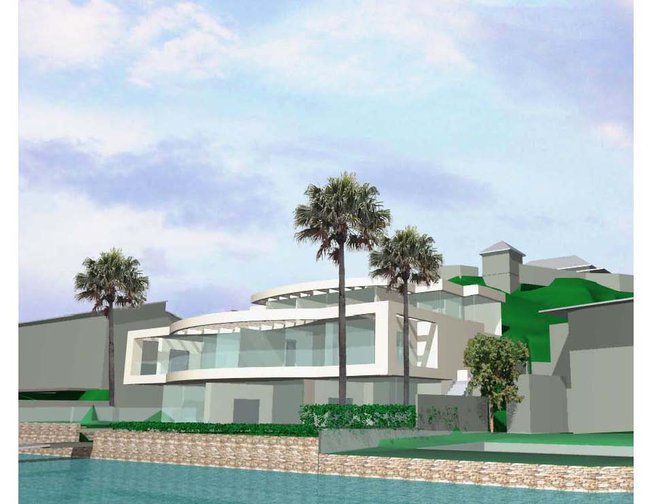
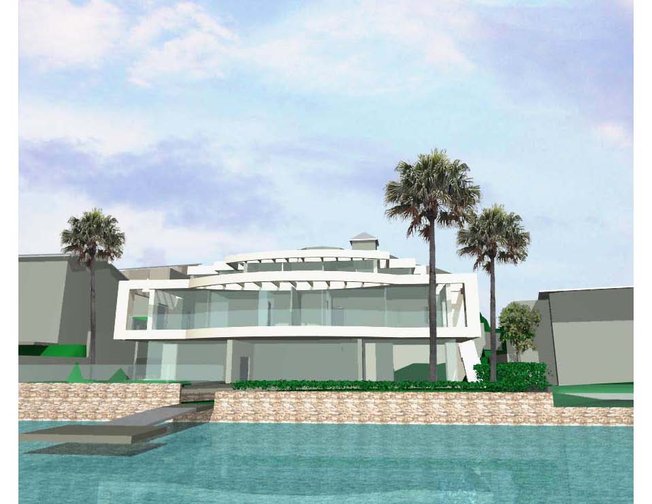
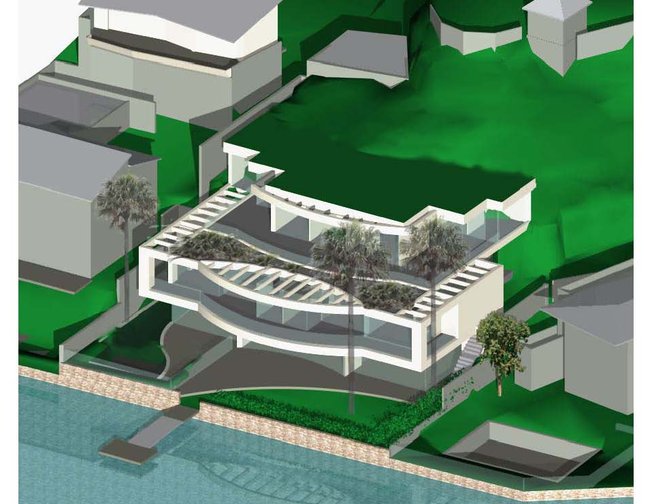

New residence
Hunters Hill, 2009
This contemporary residence is to replace an existing structure, in order to allow the attributes of the waterfront site overlooking Sydney Harbour to be fully enjoyed. A complex brief to accommodate a large family, who required private spaces for individual retreat, as well as open living spaces to allow large family gatherings, resulted in a significant spatial volume, whose impact was greatly reduced by the carefully insertion into the existing landform, allowing the “greening” from the upper portion of the site to flow over and embrace the new development. This project is yet to be realised.



